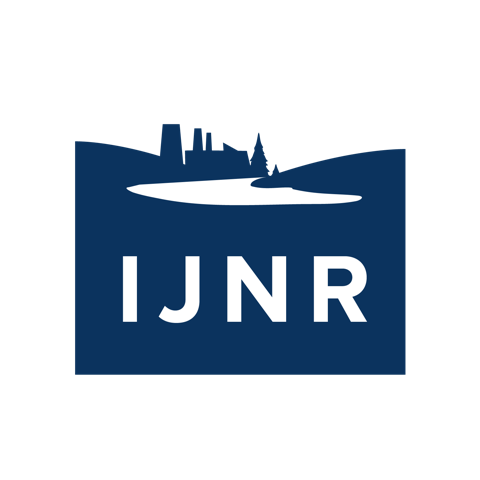Day 6: Enbridge's Line 5 and Pipeline Safety
Out of Sight, but Hardly Out of Mind: Enbridge’s Line 5 and the Straits of Mackinac
Enbridge’s Line 5 carries more than 500,000 barrels of oil and liquid natural gas a day across Wisconsin and Michigan’s Upper Peninsula before it takes a hard right to the south – and under the Straits of Mackinac, where Lake Michigan and Lake Huron meet. With each news report of an oil spill somewhere in the country, environmental organizations and area residents worry that a rupture in the 60-year-old pipeline would be calamitous to the Great Lakes. Enbridge assures regulators that the line is sound – and monitors it with state-of-the-art technology. The group toured Enbridge’s pump station near Mackinaw City and learned how they keep an eye on Line 5.
Under Review: Will Studies Shed Light on Spill Response, Pipeline Safety and Alternatives?
What’s at stake if Line 5 breaks? How would Michigan respond? Is there a better way of getting oil across the Straits? These are questions currently under consideration, as a pair of independent studies (that Enbridge has committed well over $3 million to help finance) are exploring both potential damages and clean up requirements of a hypothetical spill as well as alternative means of moving the oil to where the company needs it to go. Those studies aren’t scheduled to wrap up until 2017, however, and some groups have concerns that that’s too long to wait. The group gathered north of the Straits for a conversation about these issues with NRDC, Tip of the Mitt Watershed Council, and Michigan DEQ, and also to get a big-picture view of how oil moves across our nation and how pipeline safety and efficiency stacks up against other means of transport, like oil trains and shipping.
Telling Environment Stories Better
Natural resource stories are some of the hardest to fit into the usual journalism mold. Or, as our esteemed founder always put it, “they don’t break, they ooze.” The group settled in at Ludington Park in Escanaba, Michigan and explored some of the difficulties of doing “good” environment, energy and resource journalism; brainstormed ideas for how to cover some of the stories we encountered on our trip; examples of clear, nuanced and powerful storytelling; and tips and tricks for getting the most out of our own reporting and writing.
